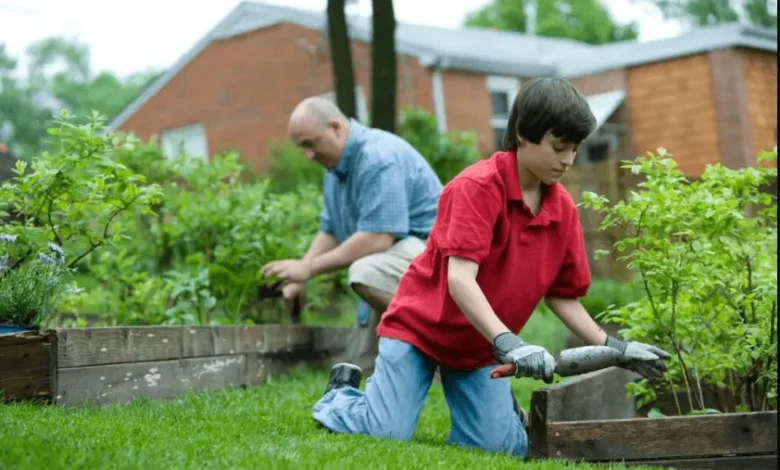Tips To Help You Create an Eco-Friendly Landscape

Many homeowners are starting to see the problems with traditional landscape design. Many require huge amounts of resources, which can harm the environment. However, change is possible. Use these tips to build a home landscape that supports a healthy local ecosystem.
Skip Gas Lawn Equipment
Combustion engines are responsible for a large amount of harmful emissions. Society addresses this by exploring EVs and shared transportation options. However, it often overlooks non-vehicle sources of emissions, such as yard equipment. In fact, the sound of a gas lawnmower is synonymous with Saturday morning for many homeowners. It is long past time to revisit that connection.
There are many excellent electric and rechargeable power tools available that match, or even surpass, the capacity of gas-powered ones. They are widely available, covering everything from small tools such as string trimmers to riding mowers and chainsaws. So even people with large yards can take advantage of this zero-emissions option. Plus, no matter where you live in the U.S., there is a Greenworks electric power equipment dealer nearby.
Choose Native Plants
Homeowners have long chosen landscape plants that look great without regard to where they come from. This is problematic. Non-native plants require a tremendous input of care and resources to thrive. Since the local environment does not have ideal conditions for these plants, you’ll need to provide fertilizer, water, and time to keep them looking great. Another issue is that non-native plants do not attract or offer benefits to local wildlife.
You can avoid these problems by planting native landscape plants. In most cases, these will thrive without much care, which conserves natural resources such as water. They also provide an appropriate habitat for wildlife and naturally attract and support pollinators.
When designing your landscape, choose plants that are native to your area. There are many r sources you can turn to if you are unsure which ones will do best. For example, staff at a cooperative extension office or local nursery can often point you in the right direction.
Incorporate Hardscaping
Hardscaping is the use of non-organic materials in your landscape design. These are often things like stepping stones, patios, or benches, but they can also include many other things. For example, choosing a rock bed with a few small cacti is an excellent gardening approach in the dry Southwest.
Hardscaping can be a very environmentally friendly approach to landscaping since these elements require no water or fertilizer to look great. As a bonus, they also need less work to look great, so you’ll have more time to enjoy your outdoor space.
Encourage Pollinators
Pollinators are key to ensuring plants survive from one generation to the next. Unfortunately, many are disappearing, leading to concern about future food supplies. This is a global problem, but it is also one you can do something about in your own yard. Take steps to encourage pollinators by planting native plants, creating safe spaces for them in your yard, and limiting pesticide use.
Bees are the most commonly pictured example of pollinators. However, they are far from the only ones you should encourage. For example, the fig is pollinated by a specific type of wasp that goes inside the fruit to lay its eggs. Additionally, common insects such as ants are some of the most prolific pollinators in many areas.
Harvest and Use Rainwater
Environmental changes and population movement have led to water shortages for millions of American households. Typical landscaping practices often aggravate this problem. However, harvesting rainwater is an excellent way to reduce municipal water use and preserve supplies.
The average American household uses about 300 gallons of water each day. Most of that is indoors and comes from a well or municipal water supply. The U.S. Geological Survey offers insight into how much water everyday household activities use. The best approach for conserving water in these activities is turning off faucets or repairing leaks.
However, much of the outdoor water can be replaced with harvested rainwater. Although it may appear complicated, it is actually quite simple to get started. For a small set-up, you can purchase a ready-to-go rain barrel kit and have it hooked up in about an hour. Larger systems may require more planning and a bigger investment, but they can be used to meet almost all non-potable water needs.
Harvesting rainwater, using native plants, and switching to electric lawn equipment are all excellent ways to have an enjoyable landscape that supports a healthy environment.




